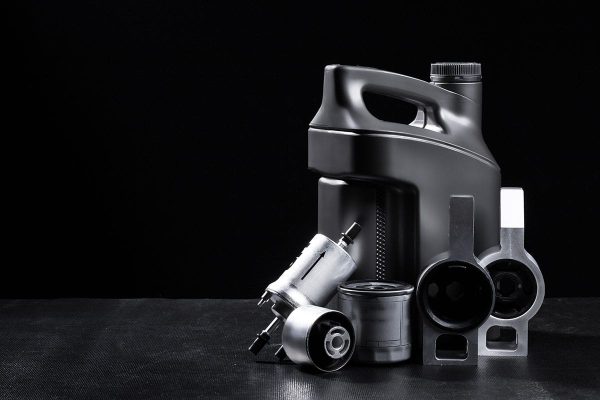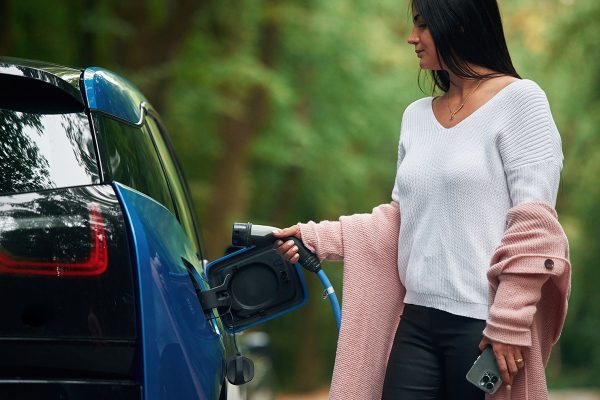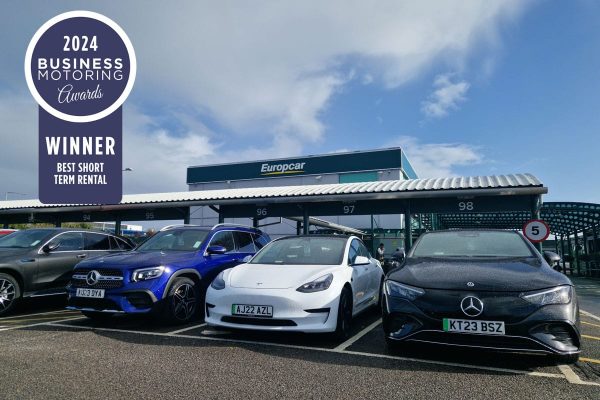Avoid rear end collisions – they cause up to 10% of business car insurance claims and 15% of business car costs, says Interactive Driving Systems’ Dr Will Murray.
A split second was all it took to destroy Jane’s company vehicle. She was hit in the rear on the way home from work.
Thankfully, there were no life threatening injuries. But Jane’s car was seriously damaged.
“I have really learned from it,” Jane says. “I’m definitely more cautious and attentive now. Even though it was not my fault that I was hit from behind, I always leave a bigger gap between myself and the car in front now. This not only helps me to have some safety space, but also the person in the car behind.”
The startling fact is that Jane is not alone among drivers of business cars. Rear end shunts, either to or by company vehicles, are one of our most common and expensive collision types.
They make up 10% of claims and 15% of costs in those company cars or vans run by a business.
As well as the financial losses, these incidents also lead to a great deal of pain and suffering. Even at low speeds hit-rear incidents cause serious whiplash injuries.
The research evidence is also pretty compelling: ‘close-following’ has been identified as a contributory factor in more than one in three injury accidents on UK motorways.
The research shows that most rear-end shunts are caused by four basic factors:
- Tailgating – following too close
- Not being alert
- Poor judgment – not planning ahead
- Not driving in a way that suits the vehicle and conditions
While most people think there is little they can do to prevent being hit from behind, there are steps business car drivers can take to minimise the risk of causing or receiving a rear end shunt.
How to avoid tailgating
Plan journeys allowing enough time to arrive safely without the need to drive hard.
Don’t tailgate – keep a safe following distance.
Think about how to control the vehicle behind you: slow down earlier when approaching junctions to allow the vehicle behind more time; avoid false starts at roundabouts.
Constantly scan the road ahead, on either side, and in your mirrors – be aware of other road users around your vehicle.
If you are being tailgated, let the other driver pass as soon as it is safe to do so. You should also allow extra room ahead. Then, if you need to, you can slow down gradually and avoid braking suddenly – and being hit from behind by the tailgater!
Plan ahead for traffic signals and always be ready for sudden stops or movements by other drivers.
Stay calm in traffic – and allow more space between you and the vehicle in front so that you have time to stop. It should take three seconds or more for your vehicle to travel the distance of the gap.
Adjust your speed according to the weight of your vehicle, the vehicles around you and the road conditions. Drivers of loaded vehicles need four seconds or more.
Slow down, particularly when weather and driving conditions change – in the wet, poor visibility or on gravel roads.
Drive defensively by reading the road ahead – and braking early and gently.
Anticipate the good and bad intentions of other road users to avoid accidents.
Pay close attention to other vehicles and changes in their movement.
Always be calm and courteous to other drivers.
Further information
More details from www.virtualriskmanager.net






